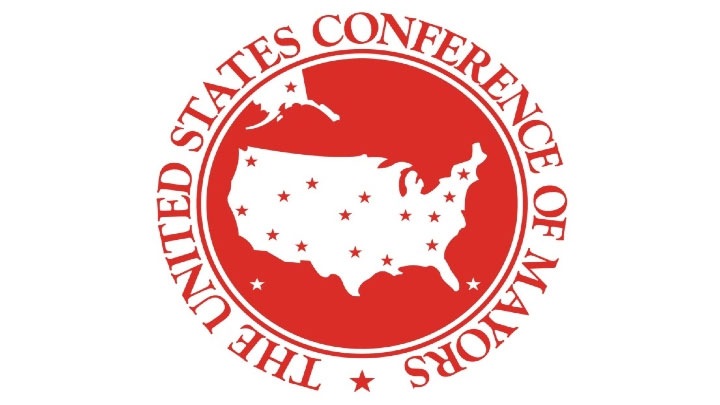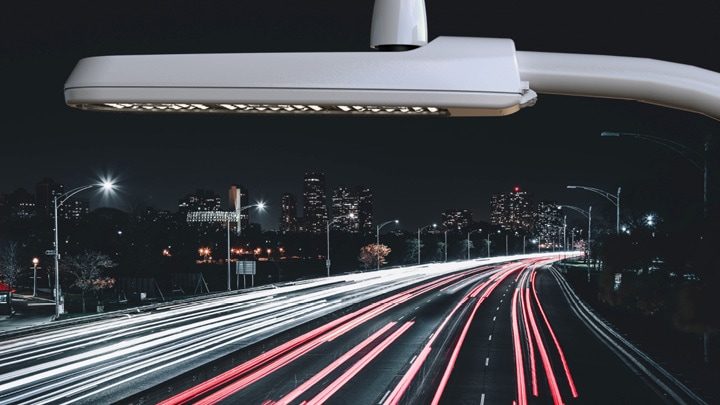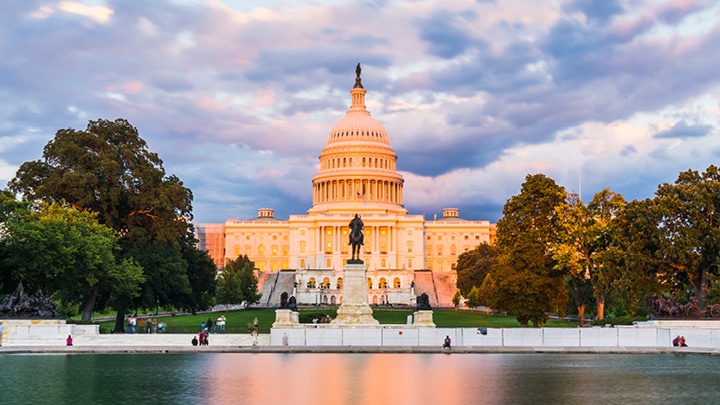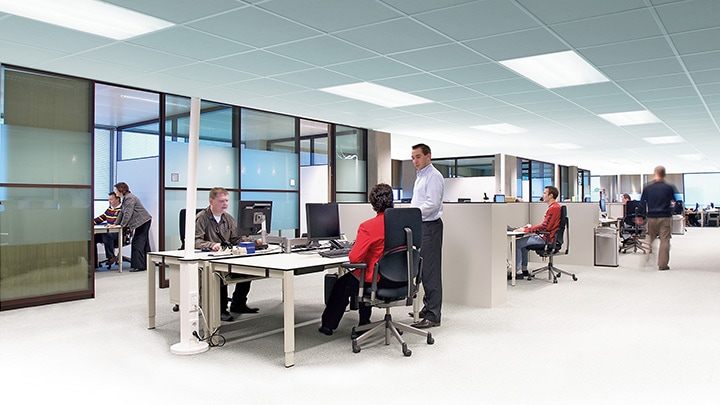
The United States Conference of Mayors (USCM) recently released a report showing how cities are using new technologies and infrastructure upgrades to advance local energy and climate action goals. The findings, based on a survey of 103 mayors representing cities larger than 30,000 residents, are particularly timely, as the federal government embarks on a massive new funding effort to modernize infrastructure and invest in technology to reduce carbon emissions across the country.
The report finds that LED lighting, all-electric vehicles (EV), low-energy buildings and solar now dominate the local energy agenda, with mayors continuing to strive to make their cities more energy-efficient. Mayors identified all electric vehicles as the most promising technology for reducing energy use and carbon emissions in their cities.
They also reported that:
Switching to LED lighting (including street lights, buildings and connected lighting systems) is one of the best ways cities can modernize their infrastructure to achieve their energy and sustainability goals. When asked what they believe are the key benefits of deploying LED and connected lighting systems, mayors overwhelmingly recognize the cost savings and carbon emissions/energy use reduction the technology delivers.

LED lighting for roads and streets
Creating energy savings from LED and connected lighting, the Signify Brighten America plan can help achieve sustainability and connectivity targets.

LED lighting for government buildings
Signify energy-efficient LED and connected lighting is a quick win for a sustainable building renovation utilizing infrastructure investment funds

Bright ideas in Education
Educational establishments fulfill a unique role in society as places of learning, belonging, and community cohesion.

Broadband equity
Broadband access is critically important for equal opportunity in the workplace, the educational system, and people's day-to-day lives.